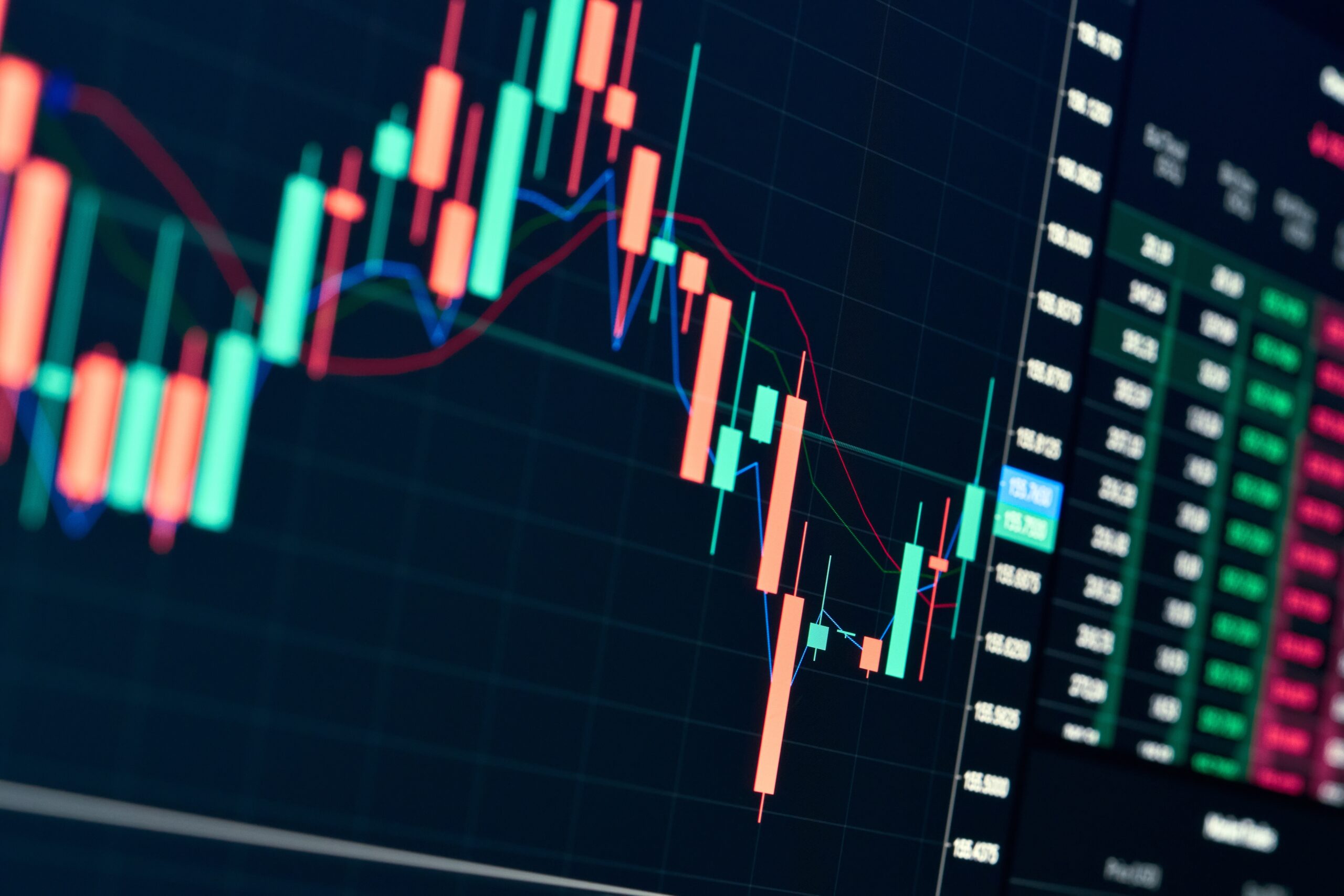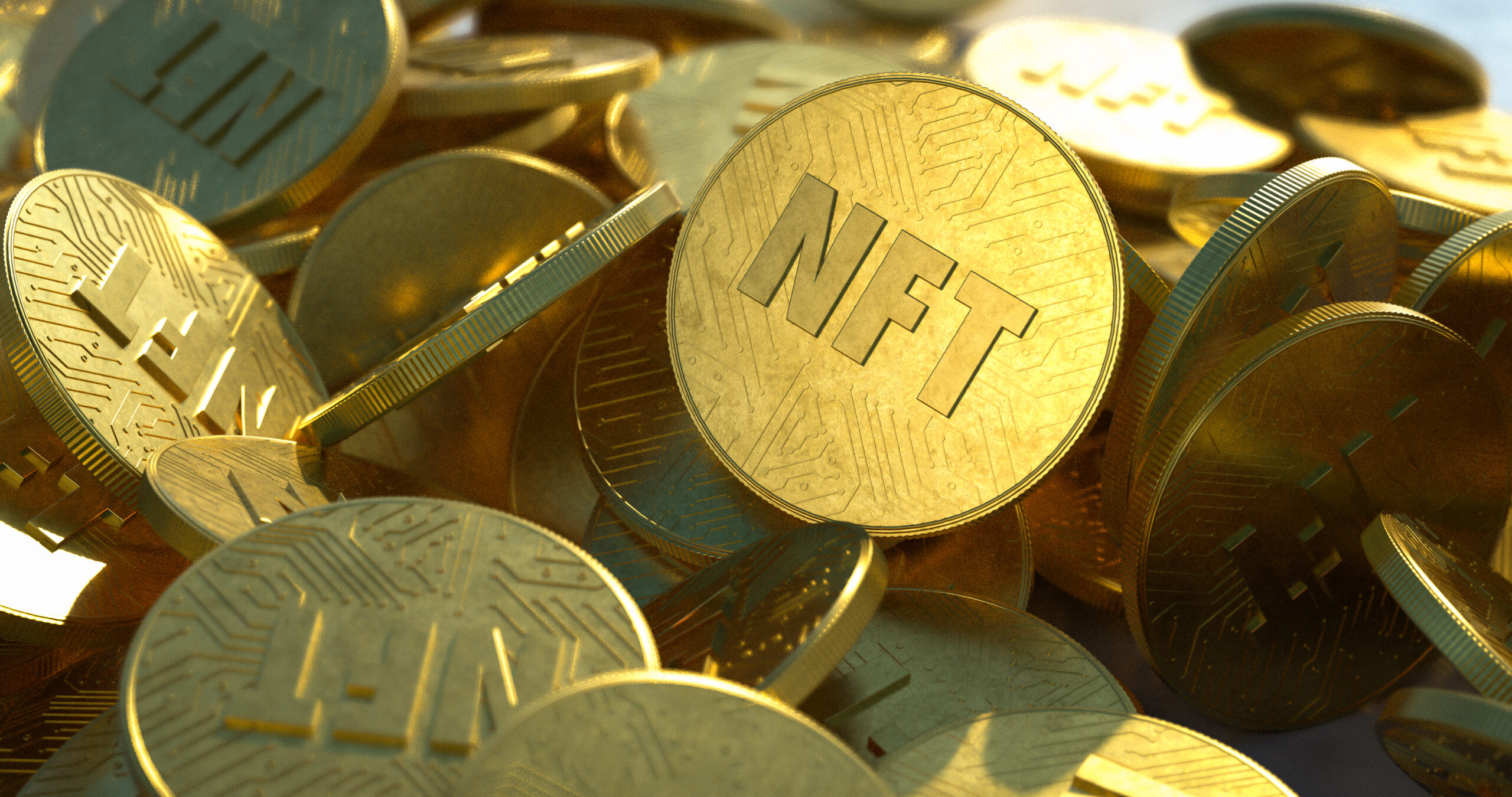Investing always comes with a degree of risk, but some investments that initially appear smart and promising could potentially lead you down the path toward financial ruin. Here’s a breakdown of 15 such investments, and while they might seem like a great idea at first, lurking beneath the surface are pitfalls that could drain your bank account before you know it.
1. High-Leverage Forex Trading: A Double-Edged Sword

Forex trading is often heralded as a quick way to make substantial profits due to the high-leverage opportunities it offers. This means you can control a large position with a relatively small amount of money, which sounds enticing. However, this also means that losses can accumulate rapidly if the market turns against you. High leverage amplifies both gains and losses, making it a risky venture for those who aren’t seasoned traders.
The forex market is incredibly volatile, often influenced by geopolitical events, economic news, and global trends that can change in the blink of an eye. According to Investopedia, many traders fail to sustain profitability due to the complex nature of currency pairs and market dynamics. Without a solid understanding and strategy, the odds of sustaining losses grow significantly. What’s more, the forex market operates 24 hours a day, making it easy to engage in overtrading, which might lead to critical financial mistakes.
2. Penny Stocks: Cheap but Potentially Dangerous

Penny stocks often lure investors with the promise of high returns on a small initial investment. They are usually priced under $5 a share, which is accessible for many people. However, these stocks are notoriously volatile and often lack the liquidity and information that more established stocks offer. This makes penny stocks susceptible to market manipulation, such as pump-and-dump schemes, where prices are artificially inflated and then suddenly collapse.
The low price might tempt you to buy large quantities, but the risk of losing your entire investment is substantial. According to the U.S. Securities and Exchange Commission, the lack of transparency and the minimal financial reporting required for these stocks significantly increase their risk profile. Additionally, smaller companies may not be well-positioned to weather economic downturns, increasing the likelihood of bankruptcy. In essence, penny stocks can be a precarious gamble rather than a sound investment strategy.
3. Real Estate in Unstable Markets: A Risky Bet

Real estate is often seen as a safe investment, but buying property in unstable or declining markets can be hazardous. While the lure of buying low and selling high is tempting, these markets can be unpredictable. Factors such as political instability, poor economic conditions, or natural disasters can severely impact property values in these areas. This can lead to prolonged periods where it becomes difficult to find buyers or tenants, straining your cash flow.
The costs associated with maintaining a property—such as taxes, repairs, and insurance—don’t go away during these downtimes. According to Hennion and Walsh, investing in unstable markets requires thorough due diligence and often a higher level of ongoing management than more stable investments. If you’re not prepared for these challenges, you might find your investment turning into a financial drain rather than a money maker. It’s crucial to thoroughly assess the potential risks and rewards before deciding to invest in such volatile locations.
4. Cryptocurrency: Volatility at Its Peak

Cryptocurrencies like Bitcoin and Ethereum have gained immense popularity due to their potential for high returns. However, the cryptocurrency market is notoriously volatile, with prices capable of significant swings within short periods. This volatility makes it a high-risk investment that can lead to substantial gains or devastating losses. Additionally, the market is still relatively young and lacks the regulation found in traditional financial markets, exposing investors to potential fraud and security breaches.
Many investors jump into the cryptocurrency market without fully understanding how it works, leading to impulsive decisions driven by market hype. The lack of understanding and regulation can lead to scams or even complete loss of investment if an exchange is hacked. Furthermore, the unpredictable nature of technology developments and regulatory changes can significantly impact the value of cryptocurrencies. Thus, while there is a potential for high rewards, the risks associated with cryptocurrency investments are equally high.
5. Options Trading: High Gains, High Risks

Options trading involves contracts that give investors the right to buy or sell an asset at a predetermined price before a certain date. While options can be used to hedge against potential losses, they are complex and carry significant risk. The value of options can be affected by various factors, including market volatility, time decay, and changes in interest rates, making them difficult for inexperienced investors to manage.
Investing in options requires a deep understanding of market trends and economic indicators. Without this knowledge, investors can easily make poor decisions that lead to extensive losses. The pressure to act swiftly in this fast-paced environment can also lead to emotional decision-making, further compounding the risk. It’s essential to thoroughly educate yourself or work with a knowledgeable advisor before diving into options trading to avoid catastrophic financial mistakes.
6. Collectibles and Antiques: A Gamble on Rarity

Investing in collectibles and antiques often appears glamorous and profitable, especially if you’re passionate about the items you’re collecting. From rare coins to vintage cars, the allure of owning unique pieces that may appreciate over time is strong. However, this market is highly speculative, and the value of collectibles can fluctuate dramatically based on trends, tastes, and market demand—which can change without warning.
Authenticating the rarity and value of collectibles often requires expert appraisal, which can be costly. There’s also the risk of buying forgeries or items that don’t appreciate in value as expected. Moreover, the market for selling these items can be limited, making it hard to find buyers willing to pay the price you are hoping for. As such, while it can be a rewarding hobby, investing significantly in collectibles without thorough research or expert guidance can lead to unexpected financial losses.
7. Flipping Houses: Not as Easy as It Looks

The idea of buying, renovating, and reselling homes for a profit has been popularized by numerous TV shows, making it seem like a straightforward path to wealth. However, house flipping requires significant expertise in real estate, construction, and project management to be successful. Unexpected repair costs, project delays, and fluctuations in the housing market can quickly erode potential profits.
Financing is another critical component; securing loans for house flipping can be complex and often come with high interest rates. If the market takes a downturn or the home takes longer to sell than anticipated, holding costs like utilities, taxes, and insurance can become burdensome. Without a solid plan and buffer for unforeseen expenses, many would-be house flippers find themselves in financial hot water. This line of investment requires careful planning, a keen understanding of the market, and often a fair amount of luck.
8. High-Yield Bonds: Not Always the Safe Bet

High-yield bonds, often called “junk bonds,” promise enticing returns compared to traditional bonds. They are issued by companies with lower credit ratings, which means they come with a higher risk of default. In exchange for the higher risk, they offer higher interest rates, which can be appealing during times of low interest rates. However, if the issuer struggles financially or if the economy turns, these bonds can lose value quickly, and investors may not receive their expected returns.
Investing in high-yield bonds requires a keen understanding of the issuer’s financial health and the broader economic landscape. Without this insight, you might find yourself facing unexpected losses if the company defaults. Furthermore, in turbulent economic times, the market for high-yield bonds can dry up, making it hard to sell them without incurring losses. As with any high-risk investment, it’s crucial to weigh the potential rewards against the risks involved.
9. Margin Trading: Amplified Risk for Potential Gain

Margin trading allows investors to borrow money to purchase more securities than they could with their available funds. While the potential for higher profits is alluring, it also amplifies the risk of loss. If your investments don’t pan out as planned, not only do you lose your initial investment, but you also owe the borrowed funds back. Market volatility can exacerbate these losses, leading to significant financial distress.
Additionally, margin calls can force you to sell securities at a loss to cover the borrowed funds, further compounding your losses. Managing margin trading requires vigilance and a robust understanding of market conditions and associated risks. If you’re unprepared or inexperienced, margin trading can quickly spiral out of control, leading to financial ruin. It’s crucial to understand these risks and have a clear strategy before engaging in margin trading.
10. Peer-to-Peer Lending: Risks Lurk Beneath the Surface

Peer-to-peer (P2P) lending platforms allow investors to lend money directly to individuals or small businesses in exchange for interest payments. While P2P lending offers attractive returns, it also comes with significant risks. Borrower defaults can lead to substantial losses, particularly if the platform doesn’t provide adequate measures to mitigate this risk. Additionally, P2P investments are generally illiquid, meaning you may not be able to access your funds when needed.
Investors must carefully vet borrowers and diversify their investments across multiple loans to minimize risk. However, this can be time-consuming and requires a degree of financial literacy that not all investors possess. Regulatory changes and economic shifts can also impact the P2P lending environment, potentially affecting your returns. As such, while P2P lending can be a lucrative venture, it requires careful consideration and due diligence to avoid financial pitfalls.
11. Non-Fungible Tokens (NFTs): The Hype and the Hazards

Non-fungible tokens (NFTs) have taken the digital world by storm, providing a new way to own and trade digital art and collectibles. The allure of owning a unique piece and the potential for appreciation have attracted many investors. However, the NFT market is still in its infancy, marked by uncertainty and volatility. The value of NFTs is highly subjective and can fluctuate dramatically based on market trends and consumer interest.
Investing in NFTs requires understanding the technology and the market dynamics, which can be complex for newcomers. The rapid emergence of NFTs has also attracted scams and fraudulent schemes, which can result in significant financial losses. Additionally, the environmental impact of blockchain technology has raised concerns, potentially affecting the future demand for NFTs. While the potential for high returns exists, the risks are equally significant, warranting cautious and informed investment.
12. Initial Public Offerings (IPOs): Excitement vs. Reality
 provided by Shutterstock
provided by Shutterstock
Investing in initial public offerings (IPOs) offers the chance to get in on the ground floor of a company transitioning from private to public ownership. The excitement surrounding IPOs often leads to hype and inflated valuations, enticing investors with the promise of quick profits. However, historically, many IPOs underperform in the long run, and the initial surge in stock price can quickly reverse. Companies going public may not have a proven track record, making it difficult to assess their true value.
The lack of historical data and the pressure to succeed in the public market can lead to volatility and uncertainty. Additionally, the lock-up period, where insiders are restricted from selling shares, can lead to stock price drops once it ends. Investing in IPOs requires careful analysis and an understanding of the company’s business model and market prospects. Without this diligence, you may find yourself caught up in the excitement, only to face disappointment as the reality of market dynamics sets in.
13. Gold: A Traditional but Tricky Safe Haven

Gold is traditionally viewed as a safe-haven asset, particularly during times of economic uncertainty. The allure of gold lies in its perceived stability and store of value. However, gold prices can be volatile, influenced by factors such as currency fluctuations, interest rates, and geopolitical events. Investing in gold doesn’t generate income, meaning its value depends solely on price appreciation, making it a speculative investment.
Additionally, the costs associated with storing and insuring physical gold can erode potential returns. Investing in gold requires careful consideration of market conditions and economic trends, as well as a long-term perspective. Without this understanding, you may find yourself with an asset that doesn’t perform as expected. While gold can be a valuable part of a diversified portfolio, relying heavily on it without thorough analysis can lead to financial setbacks.
14. Binary Options: A Hard Bet to Win

Binary options present a straightforward premise: predict whether an asset’s price will rise or fall within a set timeframe. The allure lies in the potential for high returns within short periods, coupled with the simplicity of the binary choice. However, the risks are substantial, as these options are often akin to gambling rather than investing. Many binary option platforms operate outside of regulatory frameworks, increasing the potential for fraud and manipulation.
Investors often find themselves at a disadvantage due to the high stakes and short-term nature of binary options. The lack of transparency and the potential for brokers to manipulate outcomes make it challenging to achieve consistent success. Without a thorough understanding and strategic approach, the probability of incurring losses is high. As such, while the potential for quick profits exists, the risks and challenges of binary options often outweigh the rewards.
15. Timeshares: Promises vs. Reality

Timeshares offer the allure of affordable vacation ownership, allowing you to purchase a share in a vacation property for a specified period each year. The enticing promise of guaranteed vacation time in desirable locations often leads many buyers to invest without realizing the inherent drawbacks. Timeshares can come with significant ongoing costs, including maintenance fees, special assessments, and exchange fees, which can quickly add up.
The resale market for timeshares is notoriously challenging, with many owners finding it difficult to sell their shares for a reasonable price. Additionally, the lack of transparency in timeshare agreements can lead to unexpected financial obligations or limitations on usage. Many buyers find themselves regretting their purchase once the initial allure fades and the financial burdens become apparent. As such, while timeshares can offer appealing vacation options, the financial implications must be carefully considered to avoid potential pitfalls.
This article is for informational purposes only and should not be construed as financial advice. Consult a financial professional before making investment or other financial decisions. The author and publisher make no warranties of any kind.








